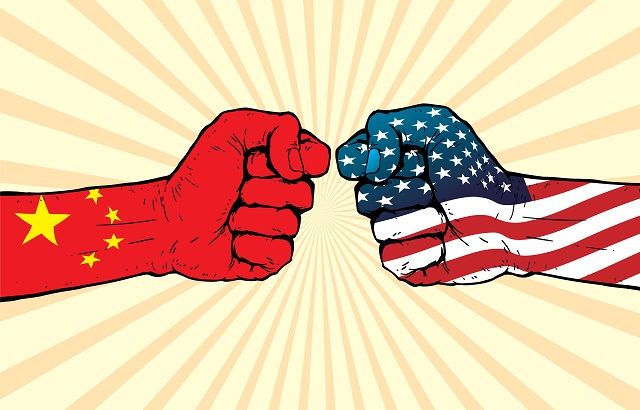It has become common currency to talk about the ‘Asian century’, one where the East leap-frogs the West for global economic dominance. There is much to support this view, from the rapid growth of China to the recent isolationism of the US to the increasing inter-dependence of Asian nations.
However, as the US races out of the blocks on economic recovery, might the end of its reign have been called too quickly?
With its deft handling of the pandemic and speedy return to normal levels of economic activity, China stole a march on the US in 2020. While China’s economy grew 2.3%, the US contracted 3.4% (IMF data). The Centre for Economics and Business Research (CEBR) said this had brought forward the point at which China would become the world’s largest economy by five years, to 2028.
At the same time, China has been looking to reduce its dependence on Western markets with its new policy of self-reliance. A recent communication from Communist Party leaders said: “Technology self-reliance is the strategic support for national development.”
This appears to be a response to the increasing reluctance of the US administration to allow China unfettered access to US markets, but nevertheless supports the idea of the development of an Asian ecosystem independent from the West.
Hang on a second…
However, recent Composite PMI figures from the US may give investors pause for thought. The US recorded 58.8, a figure that Steven Bell, chief economist at BMO GAM, labelled ‘’distinctly boomy’. Its vaccine rollout continues at pace. To date, manufacturing has led the way, but as the economy opens up, the all-important services sector is likely to follow, suggesting a punchy economic recovery is in prospect.
Anthony Willis, investment manager in the multi-manager people team at BMO Global Asset Management, says: “It’s far too soon to declare the end of the dominance of the USA. With a dynamic and innovative economy, flexible employment market and a government that is happy to borrow to stimulate economic growth, there are still reasons to look positively on the US in the short and longer term.”
He believes in the short-term, the global growth baton may have passed back from China to the US: “The US economy, fuelled by fiscal stimulus, expected to potentially grow by as much as 7% in 2021, possibly even stronger than China, where the National People’s Congress has set a growth target of ‘above 6%’ but does not appear to be willing to implement substantial fiscal stimulus to boost growth significantly above this level.
“Meanwhile, the US economy saw relatively little impact from the pandemic when compared to other developed markets, and is set for a strong recovery supported by fiscal support including further direct payments to households, along with a Federal Reserve that has made clear policy will remain supportive until their employment and inflation objectives are surpassed.”
Uneasy bedfellows
Equally, it is increasingly clear that the US will no longer allow China free access to its markets. At the edges, this has been seen with Huawei and restrictions on semiconductors, but may spread through supply chains. There is an increasing trend of deglobalisation. China may be pursuing a policy of self-reliance, but could waning access to global markets limit its global ambitions?
Devan Kaloo, head of emerging market equities at Aberdeen Standard Investments, says the strength of China and the strength of the US are not mutually exclusive: “China’s growth was previously state- and investment-led. It was export orientated. Today, that’s not the case. Domestic consumption is the biggest component of economic activity. During covid, the world collapsed and China was able to carry on growing. It is possible that growth rates may fall in absolute terms, but it is a very large economy and there are lots of opportunities.”
“As such, I struggle to see how China would go back into recession any time soon, particularly on the back of a disagreement with the US.”
He believes that trading tensions with the US could go either way for China: “Certainly, it could restrict China’s access to technology and slow their development. Companies that supply China may no longer do so. However, it could accelerate the move to self-reliance and accelerate the proliferation of technology development. There will be winners and losers and we need to invest accordingly.”
Equally, there is still a misalignment in many portfolios. The great US bull market may not be over yet, but investors still tend to be structurally over-allocated to the US over China, so even if this isn’t the Asian century, but is, in fact, a time when power flip-flops between West and East, investors should probably still be looking at higher weightings to Asia.
The pre-eminence of the US is not over, particularly with a more internationalist administration in the White House. However, this does not stymie the increasing economic might of China. Rather than it being the Asian century or the US century, both economic super-powers may co-exist, albeit uneasily.







